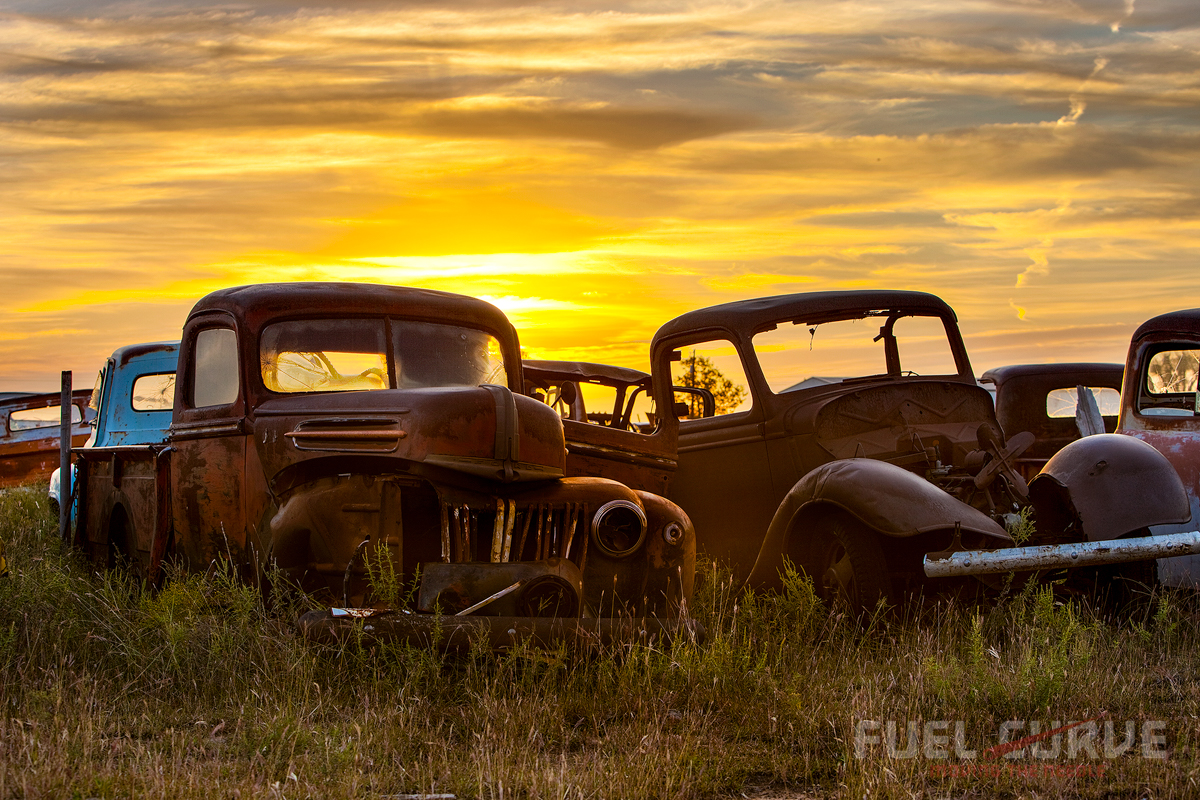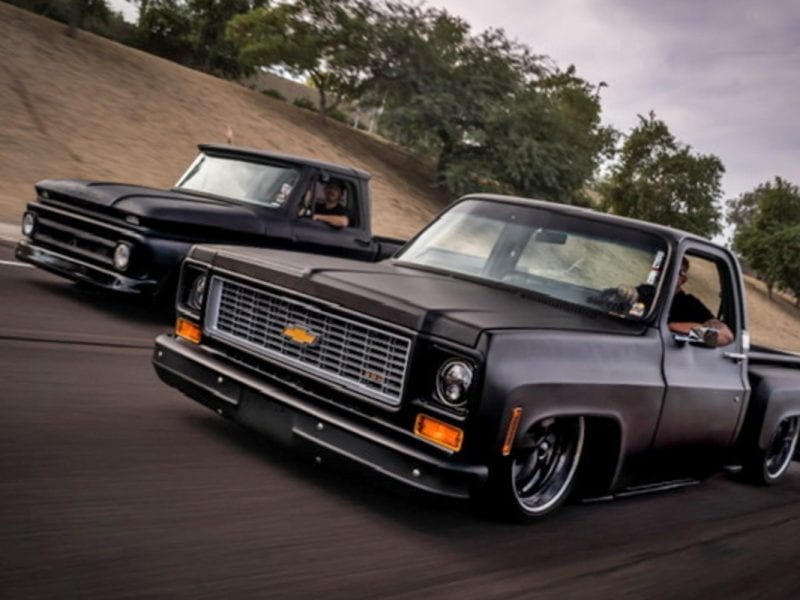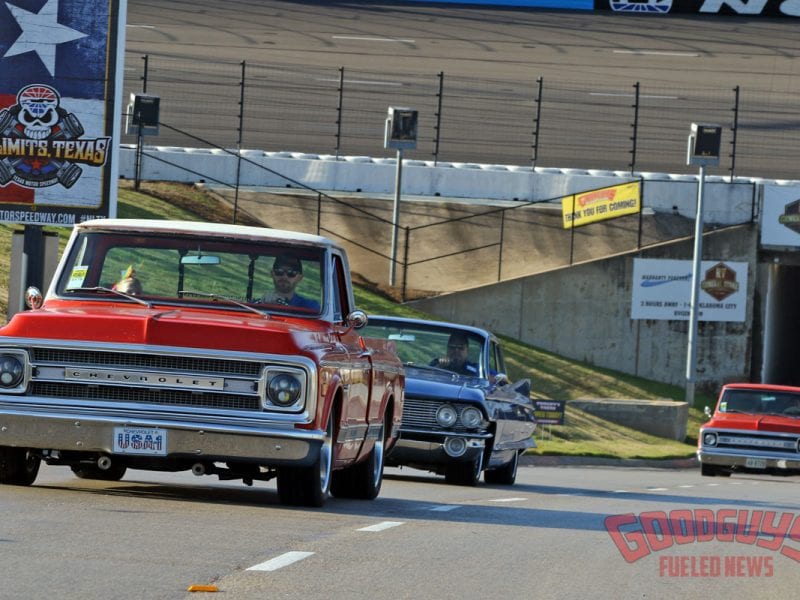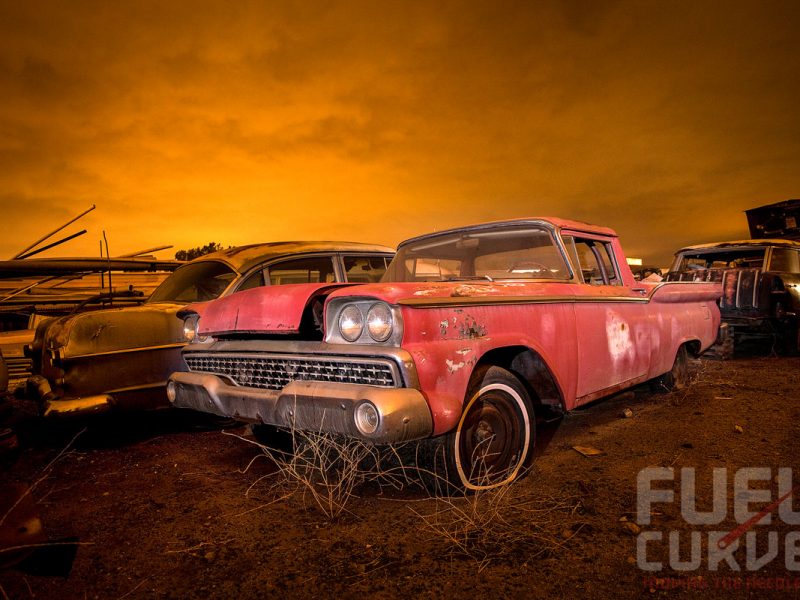Keep on Truckin’ Part 2, American Pre and Postwar Trucks
Editor’s Note: About This Truck Series
Our friend and trusted agent Mike Harrington has spent years wandering the deserts of the southwest camping, snake charming and eating campfire beans but mostly shooting iconic photographs of forgotten/rusted out ghost cars and trucks from bygone eras. In 2011, he published “Rusty Pickups” – a herculean hardcover book project in which he spent countless hours documenting America’s pre and postwar truck production, including extremely rare magazine ad campaigns which he shares with us in this series of articles. You simply won’t see this material anywhere else. Not only are the photographs beautiful and the ads intriguing, they offer a glimpse into what American manufacturing and marketing looked like decades ago from the turn of the 20th century, the War Years and through the Golden years of the 1950s and ‘60s.
The decade of the 1930’s was a difficult one for most Americans. The great depression had a grinding effect on most industry and personal incomes, but hard times were still in store. By the end of 1930, most Americans were fearfully expectant that war was on the horizon; it was just a question of when. Despite the nation’s growing anxiety over war, we still danced, ate, and made ourselves merry.
At the end of 1941, President Roosevelt signed into law the Lend-Lease Act. Billions of dollars in supplies were shipped overseas to England, Russia, France, and China. You can bet that tens of thousands of trucks were shipped overseas. Trucks from all of America’s major manufacturers were rolling across Europe and the Pacific thanks to the Lend-Lease program.
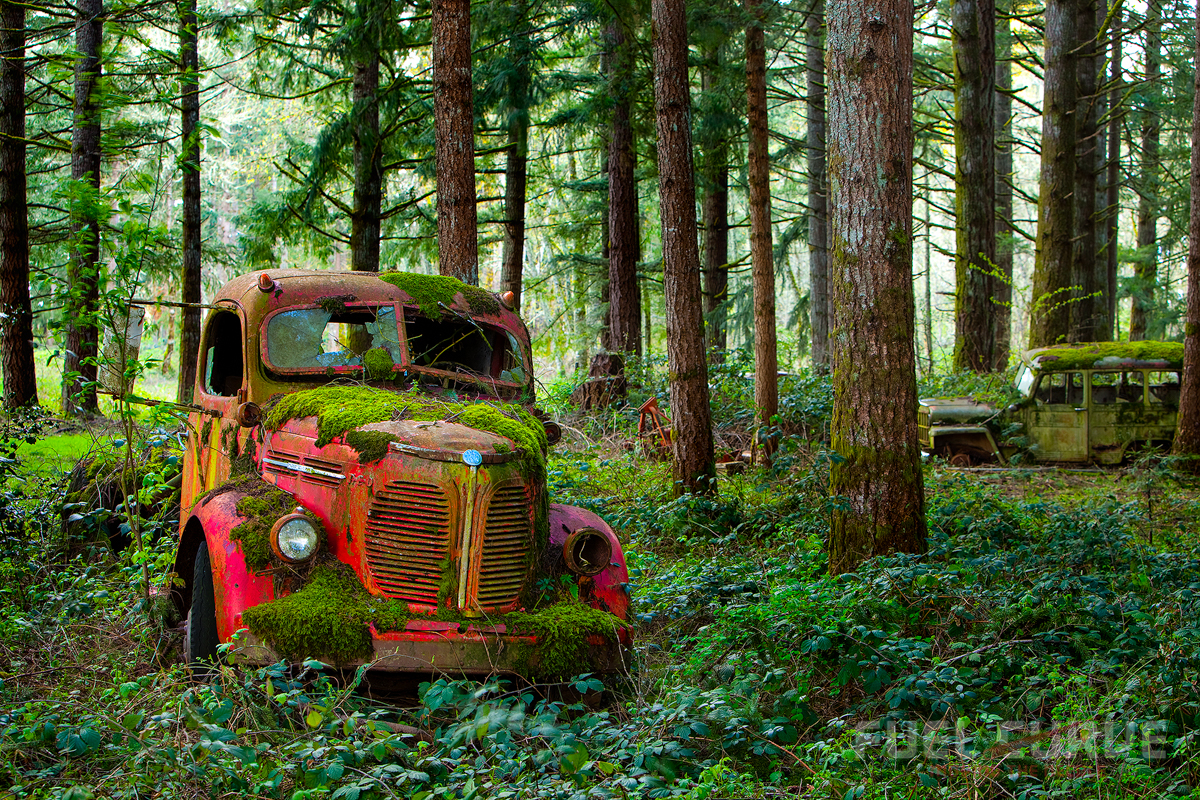
After the Pearl Harbor attack, all commercial vehicle production was halted. The industrial might of our country’s manufacturers were now dedicated to the war and victory. During the war years, new trucks that were on the roads likely belonged to the government and were painted drab olive green. Strict gas rationing was instituted among passenger vehicles, which were considered leisure vehicles by some. The one exception was trucks. Trucks and truckers were the lifeblood of commerce. From the farms to the factories, the truck, as America’s workhorse, was given special consideration when it came to gasoline and rationing. While some of the Axis powers may have relied on horse and wagons, the USA and its allies flexed some strong muscles with Detroit’s trucks.
Near the war’s end, when victory was all but certain, the automotive industry became employed in an all-out advertising campaign as they all jockeyed to bring the first commercial trucks back into production. Despite any uncertainty that may have been felt by war’s end, Americans demanded new trucks and new cars. Most of the trucks produced from 1946 to approximately 1948 were the same designs of those in the pre-war years. Public demand and competition gave Detroit little time to revamp the looks and tooling of the pre-war trucks. The first priority of the manufacturers was mass production that would meet the public’s demand. Towards the end of the 1940s, it became unmistakable that America was emerging as an economic superpower and that is when truck design really jumped forward.
What follows is a sampling of brilliant vintage ads (collected and scanned by Harrington) that were created during and after World War II along with award-winning photos of ghosted trucks of the ‘30s and ‘40s from Harrington’s collection.
[foogallery id=”7308″]
Click the link to view Keep On Truckin’ Part 1 – Ghost Trucks From The Turn Of The Century

